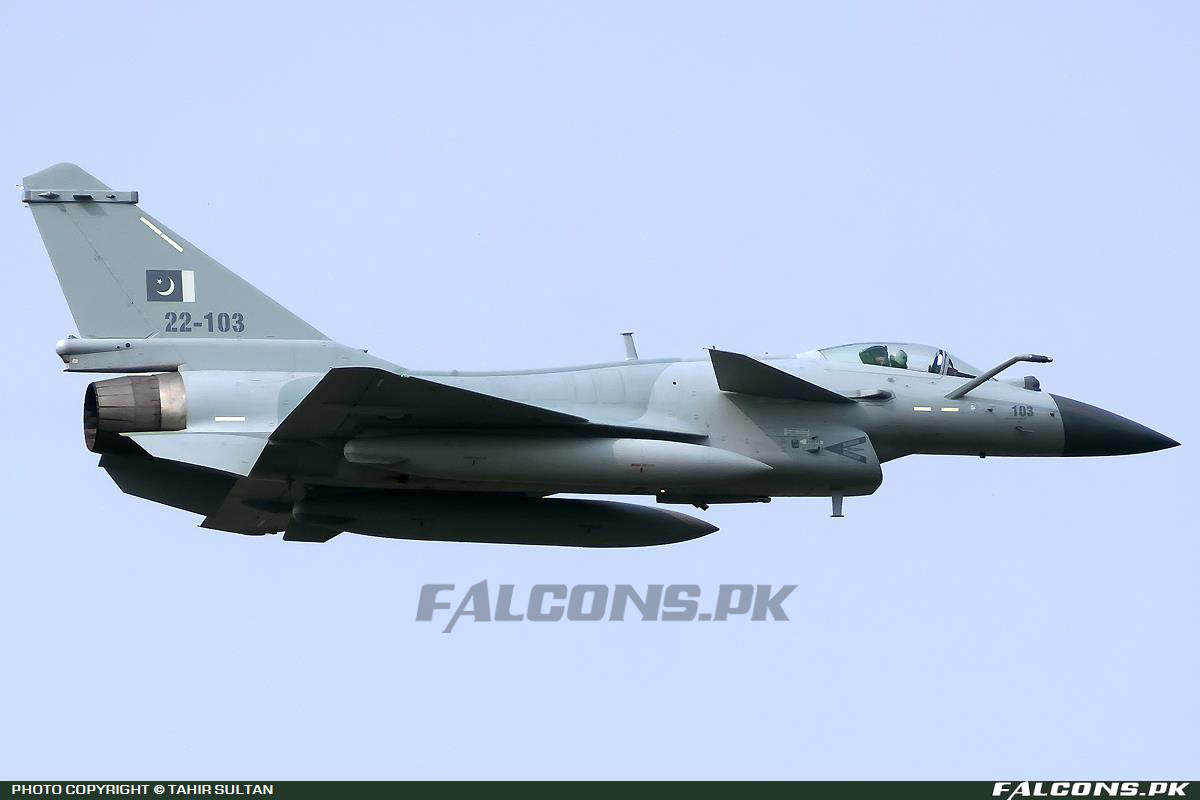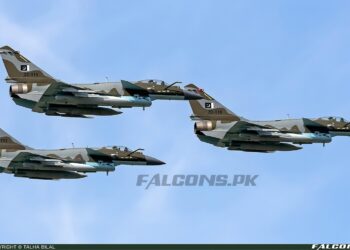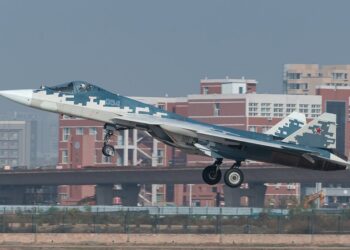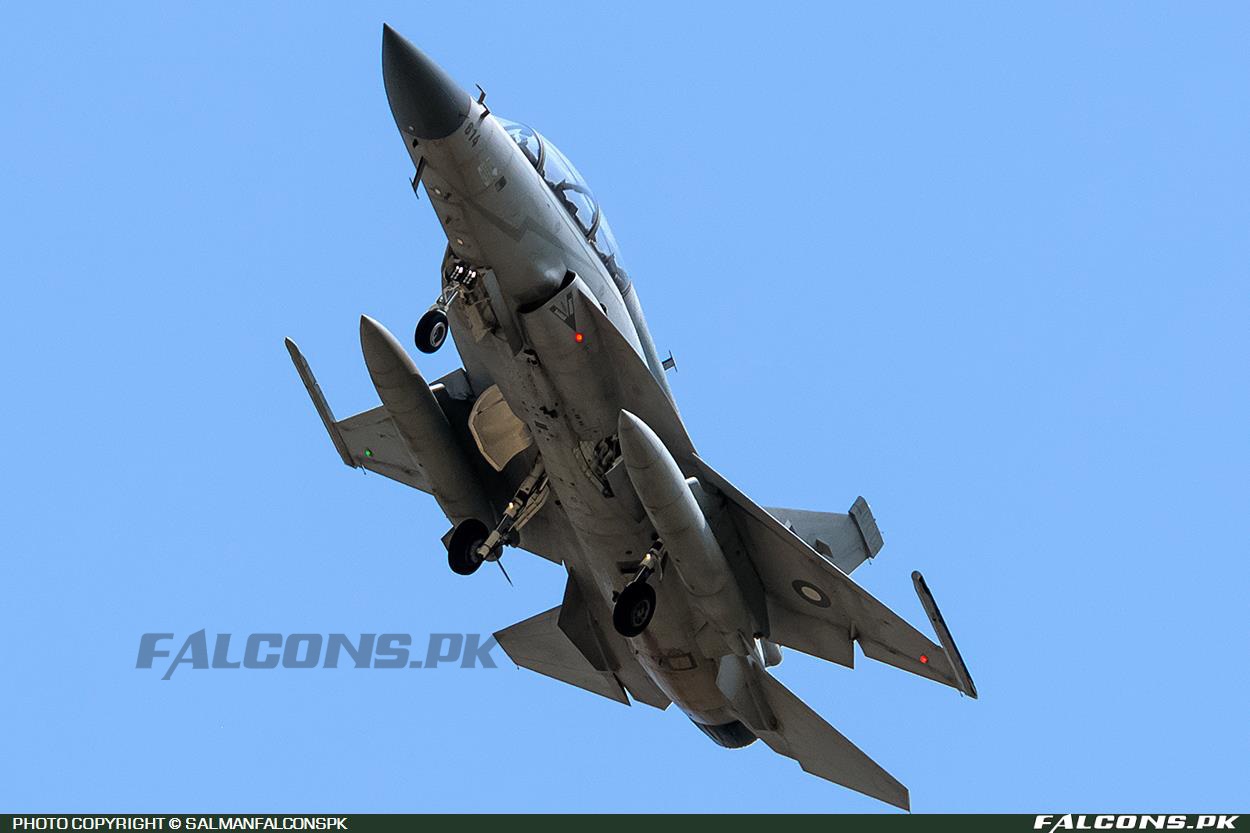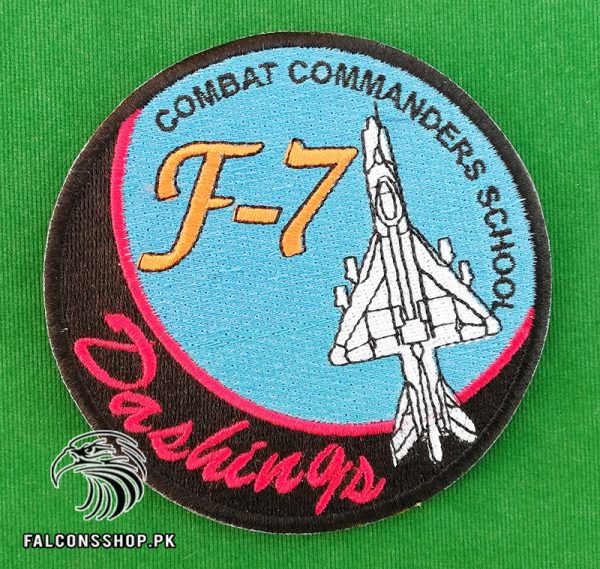By S.M. Hali
Pakistan’s interior minister, the loquacious Sheikh Rasheed Ahmed, re- cently informed the media that PAF is acquiring the Chinese J-10C “Fire- bird” fighter, which is slated to arrive in time to take part in the March 23 Pakistan Day parade. The confirmation should have come from the Ministry of Defence, but the Interior Minister chose to make the announcement, linking the fresh acquisition as a counter to India’s recently inducted Rafale.
The declaration set the Indian media’s wheels into motion, spinning tales of speculation, disinformation and denigration of Pakistan with its usual xenophobia. Some elements of Pakistani media too indulged in half-baked theories of praise along with criticism, depending on which side of the fence they were sitting.
Hence, it is imperative to provide a ratio- nale for Pakistan’s procurement of the Chinese fighters, put to rest the conjectures and present a comparison of the two weapons systems.
Quantitatively, Indian Air Force (IAF) has always enjoyed an edge over Pakistan Air Force (PAF) as the former is the fourth-larg- est air force in the world after the US, China, and Russia with around 1,70,000 personnel and 1,500 aircraft. However, the IAF currently has a ratio of 1.5 pilots per aircraft as against 2,5 pilots per aircraft for the PAF. India’s squadron numbers have also dwindled which is at its lowest point since the 1970s with just 28 fighter squadrons operational as against the authorised 42. Despite IAF’s clear advantage over PAF in terms of both quality and quantity espe- cially after the addition of Rafale jets, PAF hasshown time and time again that despite a small fleet of jets and limited defence budget, they are no way inferior to the Indian Air Force. PAF offsets its adversary’s numerical and qual- itative advantage through better weapon sys- tems maintenance, higher sortie generation and hard training.
Pakistan’s decision to opt for the Chinese J-10C is not a knee-jerk reaction to the in- duction of Rafales in IAF. In fact, on 31 Jan- uary 2012, the Indian Ministry of Defence announced that Dassault Rafale had won the Medium Multi-Role Combat Aircraft (MMR- CA) competition to supply the Indian Air Force with 126 aircraft, along with an option for 63 additional aircraft.
The first 18 aircraft were to be supplied by Dassault Aviation fully built and the remain- ing 108 aircraft were to be manufactured un- der license by Hindustan Aeronautics Limited (HAL) with a transfer of technology from Das- sault. Later the deal fell through due to cost inflation and disagreements on warranty for aircraft produced by HAL. India wanted Das- sault to ensure the quality of aircraft produced by HAL, but Dassault refused to do so.
The agreement was revived in 2015 with In- dia opting to acquire 36 Rafale multirole fight- er aircraft for a price estimated at €7.87 ($8.8) billion. The contract was tainted with accusa- tions of kickbacks, but that is another story.
Pakistan’s quest for acquiring the J-10 also commenced in 2015. Its first choice would have been the upgrade of its F-16 fleet to Block 70/72, which met snags of financing. PAF’ purely indigenous efforts were initiated in July 2017, under Project Azm to develop a fifth-generation heavy fighter aircraft pow- ered by twin engines, having stealth features. This ambitious project also comprises the development of medium-altitude, long-en- durance (MALE) unmanned aerial vehicle (UAV) capable of operating at an altitude window of 10,000 to 30,000 feet for extended durations of time, typically 24 to 48 hours, new munitions, and multiple other projects.
The caveat is that the next-generation air- craft under Project Azm is not going to make its flight by the end of this decade, thus the PAF had been considering the induction of a new system due to the geopolitical and geostra- tegic situations of the region to fill the gap.
Another disinformation being spread by the Indian media is that the JF-17 Thunder Block iii is a failure and unable to match the Rafale, thus the decision to induct the J-10C. This couldn’t be further from the truth. JF-17 Thunder has been tried and tested as a light- weight fighter aircraft, which held its own during Operation Swift Retort on 27 February 2019, in which India got a bloody nose caus- ing the Indian Prime Minister Narendra Modi to lament that if only his air force had theRafale, it could have taught Pakistan a lesson.
The capabilities of the JF-17iii are quite im- pressive, considering the price-tag and avail- ability. In terms of avionics and weapons load,AESA/IRST/Datalink/BVR/HMD+Off-bore- sight WVR missiles, and a reasonably decent EW suite all make for a good Gen 4+ fighter platform. Its range can be enhanced as in the Block 2’s in-flight refueling capability, while the reduction in weight as well on the Block 3, due to composite materials will also in-
crease agility. PAF considers the JF-17 as its mainstay aircraft as it is going to replace the ageing F-7s. The JF-17 has become a mature platform with the Block III variant in the as- sembling lines.
The J-10C, are expected to replace the PAF’s 87 delta-wing Mirage III ROSE fight- ers, which remain quite old despite integra- tion of modern avionics, satellite navigation and Italian Grifo radar.
Now for a comparison of the Rafale and the J-10C: in size, Rafale is 15.27 metres in length and has a wingspan of 10.80 m. The J-10C, which is an upgraded version of the J-10, measures 15.49 metre in length and has a wingspan of 9.75 m. In terms of thrust, weight and range, the J-10C has an empty weight of 8,850 kg against Rafale’s empty weight of 9,850 kg. The Rafale is heavier by one tonne when empty but has a far greater thrust coming out of its twin engines.
The Rafale has a 20 percent greater thrust for just 11 percent higher weight than the J-10C. This means for the same weight of fuel and weapons, Rafale is going to have a thrust- to-weight ratio far better than the J-10C which means better agility and higher energy which is the deciding factor within visual range (WVR) combat. Moreover, the Rafale has a range of 3,700 km as compared to the 1,850 km that the J-10C offers. One aspect where the Rafale trails behind the J-10C is speed; while the Rafale has a maximum speed of Mach 1 (1,912 km/h), the J-10C is blazing ahead at Mach 2.2 (2,400 km/h). The J10C also in- corporates thrust vectoring on its engine for enhanced manoeuvrability, which the Rafale lacks. The J10C also has the upper hand in speed, climb rate, and operational altitude over Rafale. Although Rafale is a twin-engine fighter, its engines’ thrust is similar to J10C. J10C’s 19.3 tons maximum take-off weight is much better than both F-16 and JF-17, however short of Rafale’s 24.5. The larger the take- off weight, the larger payload and fuel an air- craft can carry. Thus, J10C can perform close to Rafale, giving it an upper hand against the current aircraft in the PAF fleet.
In terms of air-to-air missiles, the Rafale is equipped with the Meteor BVR missile, which has a range of 100 kilometers plus on the other hand, J10C is coming with the PL-15 air-to-air missiles, which have a range of 200 kilometers plus. Thus, the J-10C is considered one of the most capable single-engine fighters in the world and is comparable to Rafale in size, aerodynamic characteristics, aviation, and weapon systems.
The writer is a former PAF Group Captain and an author

